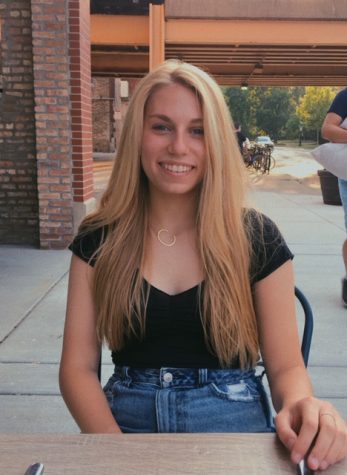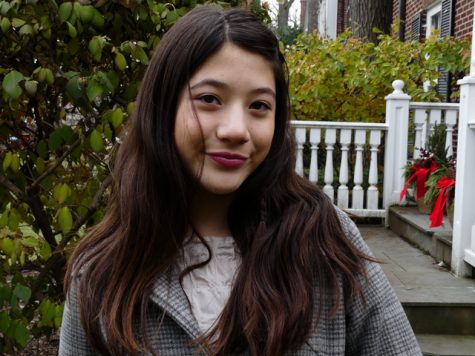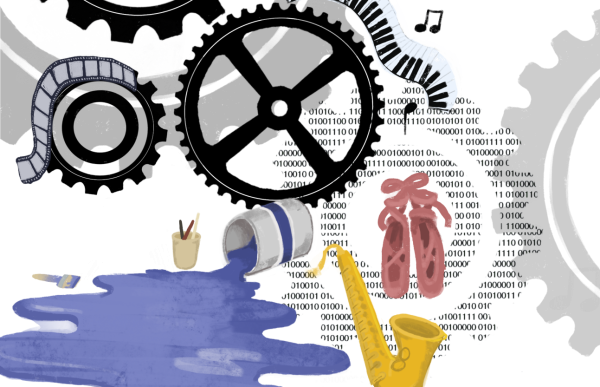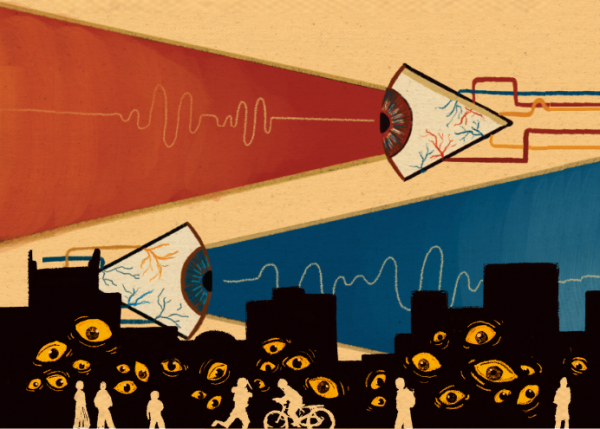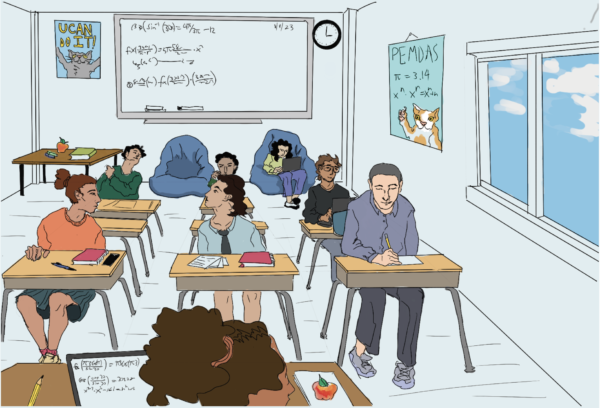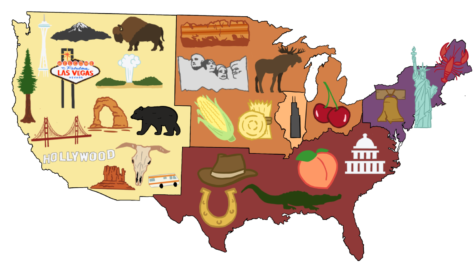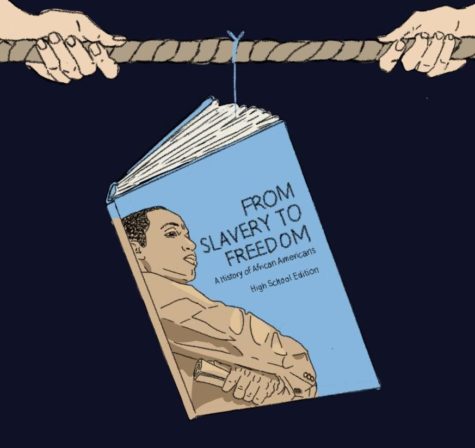Accessibility of activism efforts
August 26, 2019
As students undertake various forms of activism, there are barriers that exclude certain groups of people from joining these movements. Trends concerning race, socioeconomic status, and physical capability are evident when looking at who is most frequently involved in activist efforts.
Many ETHS clubs that promote activism see white females significantly overrepresented while male-identifying students and students of color are underrepresented.
“There are stereotypes that certain extracurriculars are only for certain types of people and so even though Evanston is very diverse, the people who participate in certain activities is limited,” says senior Anna Witcoff.
Among those is the Community Service Club, which has been struggling with its membership being unrepresentative of the ETHS student body for years.
“This year, we are extending our efforts to make [the club] more inclusive by expanding our events, reaching out and partnering with more student activities, and promoting the club more,” says Witcoff, who is on the Community Service Club Board.
Witcoff believes that by adjusting the perceived notation of service, the Club can do a better job of catering to everyone.
Similar trends exist in Student Union as noted by senior Echo Allen, the Student Representative to the School Board. Allen attributes the lack of diversity to students finding out about Student Union from friends.
“If the word is only coming from word of mouth from friends to friends then it’s only going to stay in those circles; reaching out to other student groups mitigates that,” Allen says. “Student Union is just a group of students helping other people and by reaching out and becoming more a part of the community, more people will hear about it.”
These racial patterns are not only present within activism at ETHS but in other movements beyond school walls. One example is within the feminist movement, where cis-gender white women’s issues are often prioritized over issues concerning other women. As a result, events like the Women’s March ended up with more white organizers than organizers of color. In response to criticism of this lack of representation, the Women’s March added more organizers of color. Still, some women of color felt unwelcome in the movement.
“The reason why I didn’t want to go to the Women’s March was because I didn’t want to be a token,” says history teacher Ganae McAlpin. “ I didn’t want to be a number when the women’s march wasn’t talking about issues of race that really impact my life.”
One’s ability to show up to an activism event and feel welcome, whether that be a protest, a march or a sit-in is also dependent on factors beyond race. Those with financial restrictions may feel unable to participate in activist efforts due to an inability to miss work.
“If you need to work to make money to support yourself and/or your family, how are you expected to put your time and energy into organizing that doesn’t have any monetary benefit,” raises senior Grey Miller.
Other costs may include transportation to the event or attire for the event, both which limit who is able to participate.
Another factor organizers must take into consideration when planning an activism event is the accessibility for those in wheelchairs or with other physical disabilities. If there aren’t any accommodations for those with disabilities at events, a population of people is left out.
Whether it’s a group of ETHS students at a club meeting or organizers planning a national protest event, the consideration of who is being included is crucial to making activism accessible to a wide range of people. While there may be tons of opportunities for students to engage in activism, it is crucial that all ETHS students feel welcome and encouraged to participate in these activist efforts.
During a recent S.O.A.R. meeting, Miller and other student leaders questioned who isn’t at S.O.A.R. events and what they can do to get more students involved.
“It’s on us to get more folks into the space,” says Miller.


